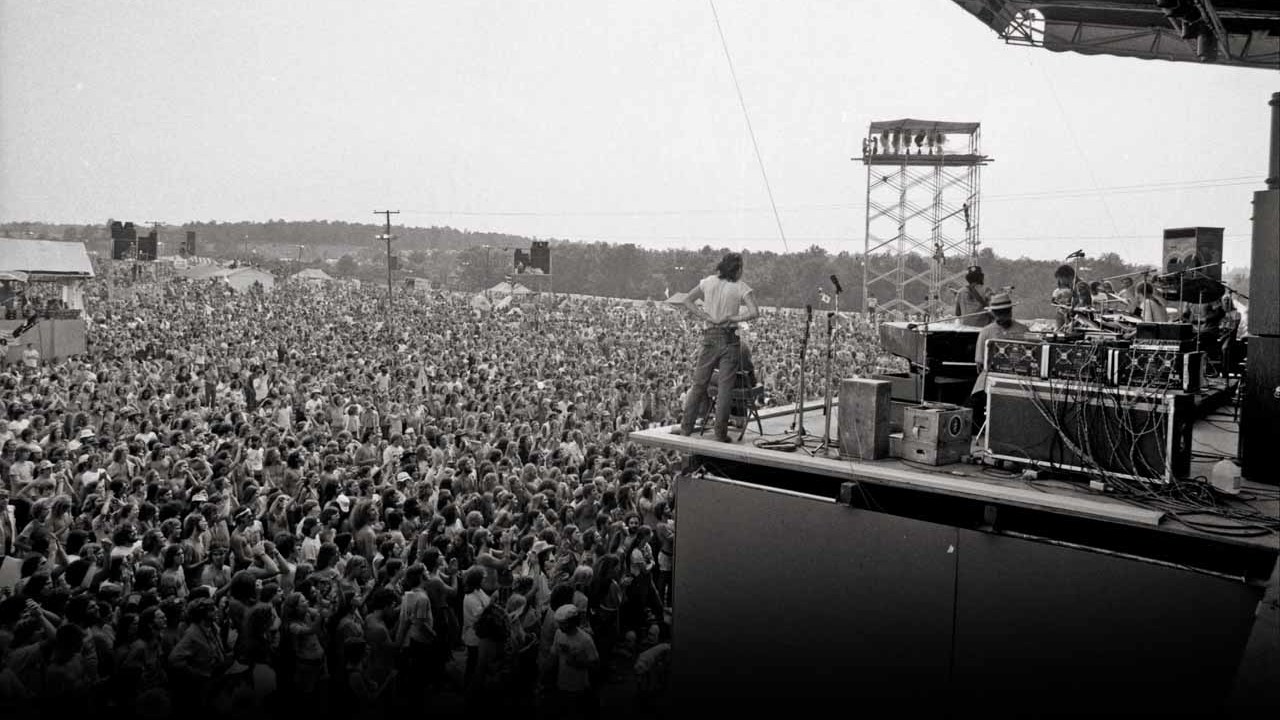Granted, Woodstock was big – but not this big. This was a gathering of tribes like no other. On July 28, 1973 an estimated crowd of 600,000 assembled at the Watkins Glen Raceway in upstate New York for a one-day music festival. Traffic jams tailed back for miles. Some people abandoned their cars on the grass verges, left under a baking sun, and walked the rest of the way. Many were so far back from the stage that they couldn’t see it at all, and could barely hear the sound pumped out to them via 16 delay towers, cranking out 24,000 watts of power.
As The Guinness Book Of Records later confirmed, it was the largest audience for a pop festival in history. To give that attendance figure some perspective, roughly one in every 350 people in the whole of America were present. Those figures are all the more remarkable when you take into account that they’d come to see just three acts: the Allman Brothers Band, the Grateful Dead and The Band.
The Summer Jam At Watkins Glen was the culmination of a relatively new phenomenon in rock: the jam scene. Over the course of six or seven years prior to the event, a number of bands had moved away from the rigid structures of commercial pop and begun exploring music that took its cues from free-form jazz and improvisation. Three-minute songs with neat verses and catchy choruses were out; anything-goes jams were in. Leading the pack were the Grateful Dead and the Allman Brothers Band.
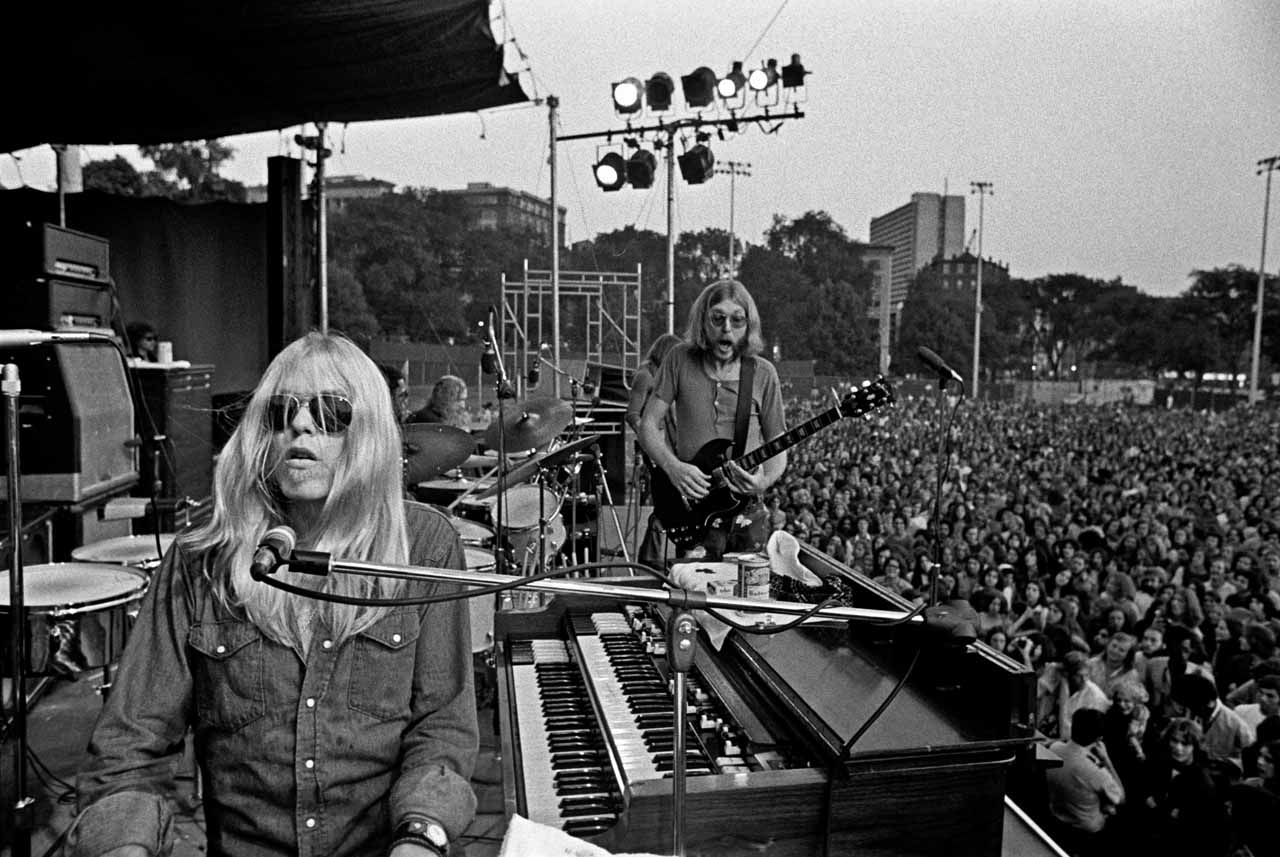
At the Summer Jam, the Dead played two mammoth sets that pushed the five-hour mark. Refusing to be cowed by a near-biblical thunderstorm that turned the site into a muddy bog, The Band performed for two hours. The Allmans, teeing up their soon-to-be-released Brothers And Sisters album, played for three. The climax was a 90-minute set featuring members of all three groups extemporising their way through Mountain Jam and a couple of deconstructed rock’n’roll staples: Not Fade Away and Johnny B. Goode.
It didn’t matter so much that the encore was sloppy (according to Allmans drummer Butch Trucks, a combination of booze, acid and cocaine had taken its toll), it was the communal experience that mattered. The multitudes had come to the Summer Jam to hang out, get high and make some noise. As an illustration of the symbiotic relationship that had grown between the fans and their idols, the bands simply affirmed the notion that they’d come to the right spot.
“The Dead is just the place where the party happens,” Trucks told interviewer Jim Clash in 2016. “And they’re the beneficiaries of that. I guess that’s what we did for three or four years too.”
You can trace the origins of jamming back to pre-war jazz. As early as 1937, Coleman Hawkins formed his All Star Jam Band as a means to explore spontaneous arrangements on a theme. New York City then became a crucible of after-hours jamming during the 1940s and early 50s, with Minton’s Playhouse hosting jazz greats Charlie Parker, Dizzy Gillespie, Lester Young and others. But it wasn’t until the mid-to-late 60s that the idea took hold in rock music.
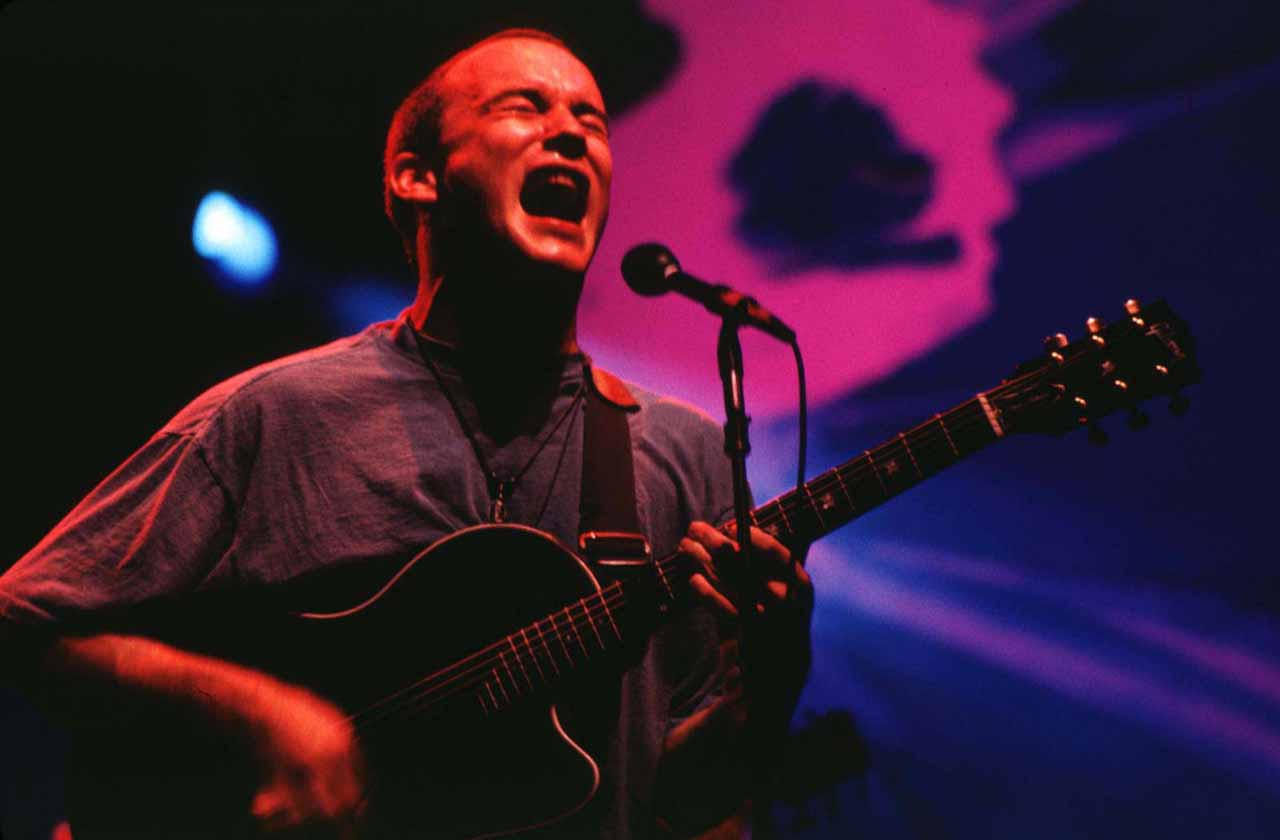
In 1965 The Warlocks (prior to becoming the Grateful Dead), high on LSD and dope, were playing clubs around San Francisco. These performances were loud, occasionally shambolic and mostly formless, taking songs such as Wilson Pickett’s hit In The Midnight Hour and stretching them into 45-minute jams. The idea, borrowed from John Coltrane, was to improvise over a tonic chord and see where it took them. As Grateful Dead guitarist Bob Weir noted: “We were a bar band with abnormal features.”
Before long the Grateful Dead were the house band at Ken Kesey’s Acid Tests, playing all night under coloured lights and strobes while thousands of tripping freaks did their thing around them. This was the ideal environment to experiment with volume and sound, and it brought with it a subculture of followers who would come to be known as Deadheads.
The Dead weren’t alone, of course. Rock music was expanding its vocabulary at an accelerated rate. The Velvet Underground were transmuting pop into avant‑garde drones that relied heavily on improvisation. Pink Floyd made interstellar soundscapes from the fractured remains of R&B. The Jimi Hendrix Experience turned old-school rock’n’roll into blazing psychedelia. Cream began stripping the blues to its core and riffing on a theme until it took flight.
Cream were indebted to Bill Graham for this change in approach, after the US promoter booked them for a lengthy residency at the Fillmore West in San Francisco in August 1967, giving them licence to play whatever they liked for as long as they liked. The power trio duly started dispensing 20-minute jams that showcased each of their virtuosic talents.
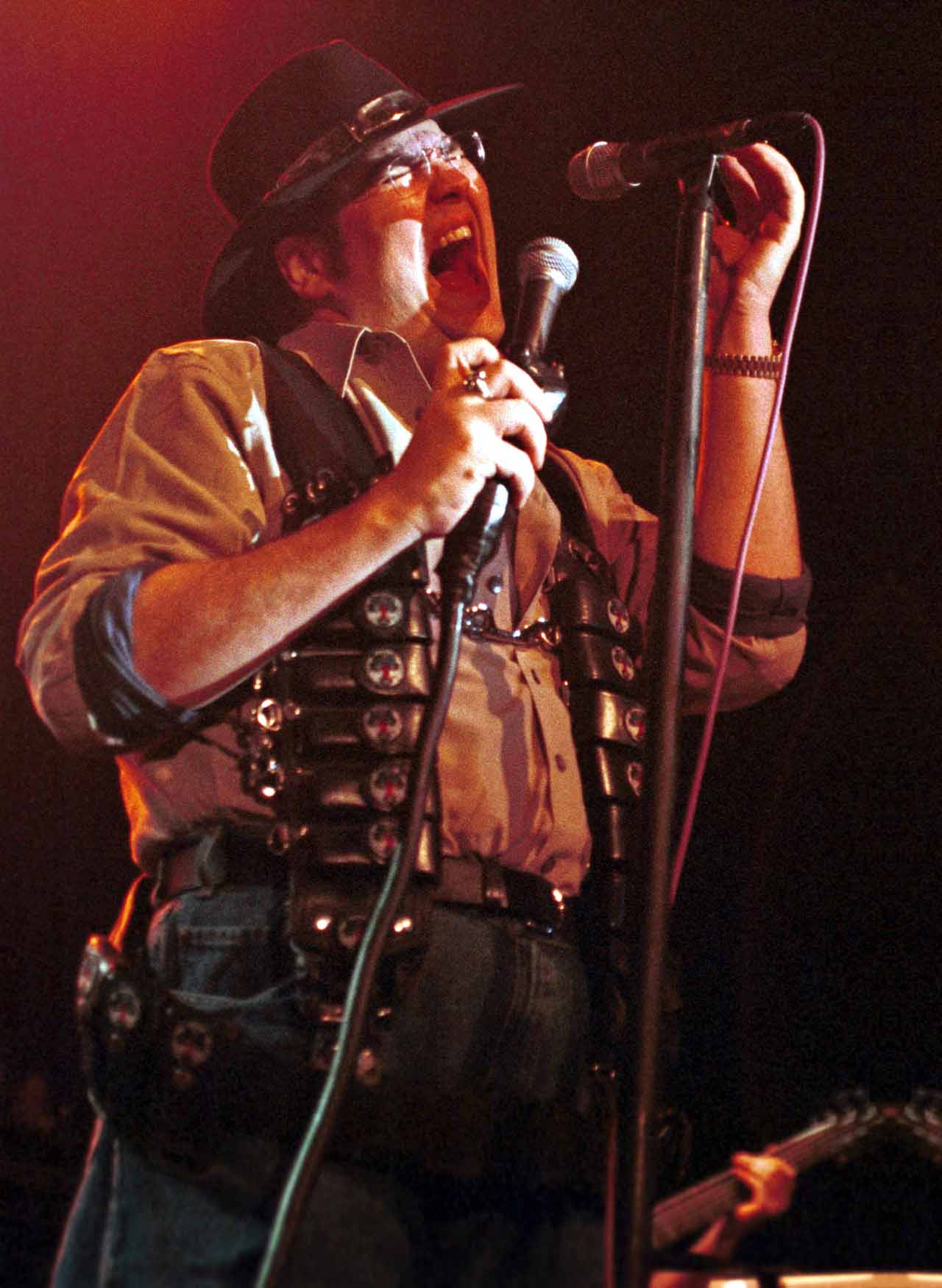
“We’d go off in our own directions, then hit these coincidental points in the music when we would all arrive at the same conclusion,” Eric Clapton recalled in his autobiography. “I’d never experienced anything like it. It had nothing to do with lyrics or ideas; it was much deeper, purely musical. We were at our peak during that period.”
Cream’s exploits didn’t go unnoticed by the Dead, whose chemist, Owsley Stanley, kept them supplied with hits of acid during their stay in San Francisco. Nor did they fail to register with the Allman Brothers Band, who formed in Jacksonville, Florida two years later. “Cream opened the door to what we did,” Butch Trucks reflected. “They were the first band to really get into improvisation. They were an absolute necessity to what came later.”
The Allmans took idiomatic southern traditions – soul, blues, jazz, gospel, rock’n’roll – and racked them out into inquisitive jams held together by fearsome musicianship. Their crowning glory was 1971’s classic live album At Fillmore East. Across four sides of vinyl, the band offer a telepathic fusion of styles, led by slide guitarist Duane Allman, with younger brother Gregg on organ and vocals. The set peaks with a 19-minute version of Willie Cobbs’s You Don’t Love Me and the epic intensity of Gregg’s Whipping Post.
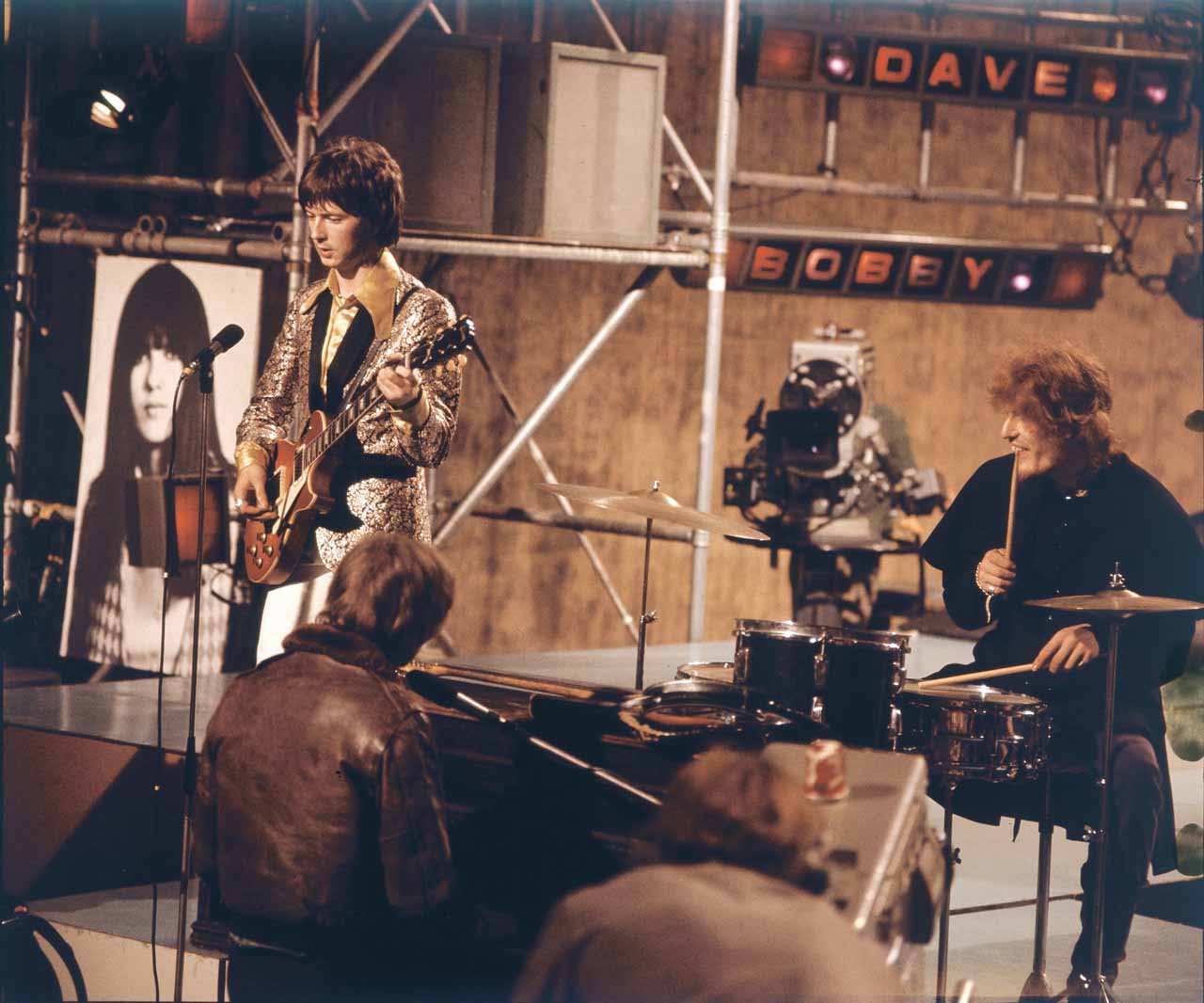
As the 80s unfolded, jam bands were no longer in fashion. The Grateful Dead were the major exception, continuing to pull in huge crowds across the States, despite their powers being somewhat diminished by leader Jerry Garcia’s ill health (largely the result of decades of drug abuse).
Deadheads turned up in their droves, buoyed by a surprise hit single (1987’s Touch Of Grey) and a culture of bootlegging that was actively encouraged by the band. Fans with recording gear were allotted their own section at gigs. Afterwards they’d trade tapes with other collectors, creating a vast, bespoke archive of live performances in which no Grateful Dead songs were ever played the same way twice.
This community-driven approach to fandom was adopted by a new breed of jam bands who cropped up in the 80s – Phish, Blues Traveler, Widespread Panic and Aquarium Rescue Unit among them. The latter were guided by veteran guitarist Bruce Hampton, a contemporary of the Dead and the Allmans during his time with the Hampton Grease Band in the late 60s.
Phish, in particular, tapped into the lineage of the jam scene by covering Grateful Dead songs in their sets and accruing a huge group of disciples who called themselves Phans. Phish’s inauguration of their own series of music festivals eventually circled back to Watkins Glen, where in 2011 they hosted Superball IX, a three-day shebang on the same site as the famous Summer Jam of ’73.
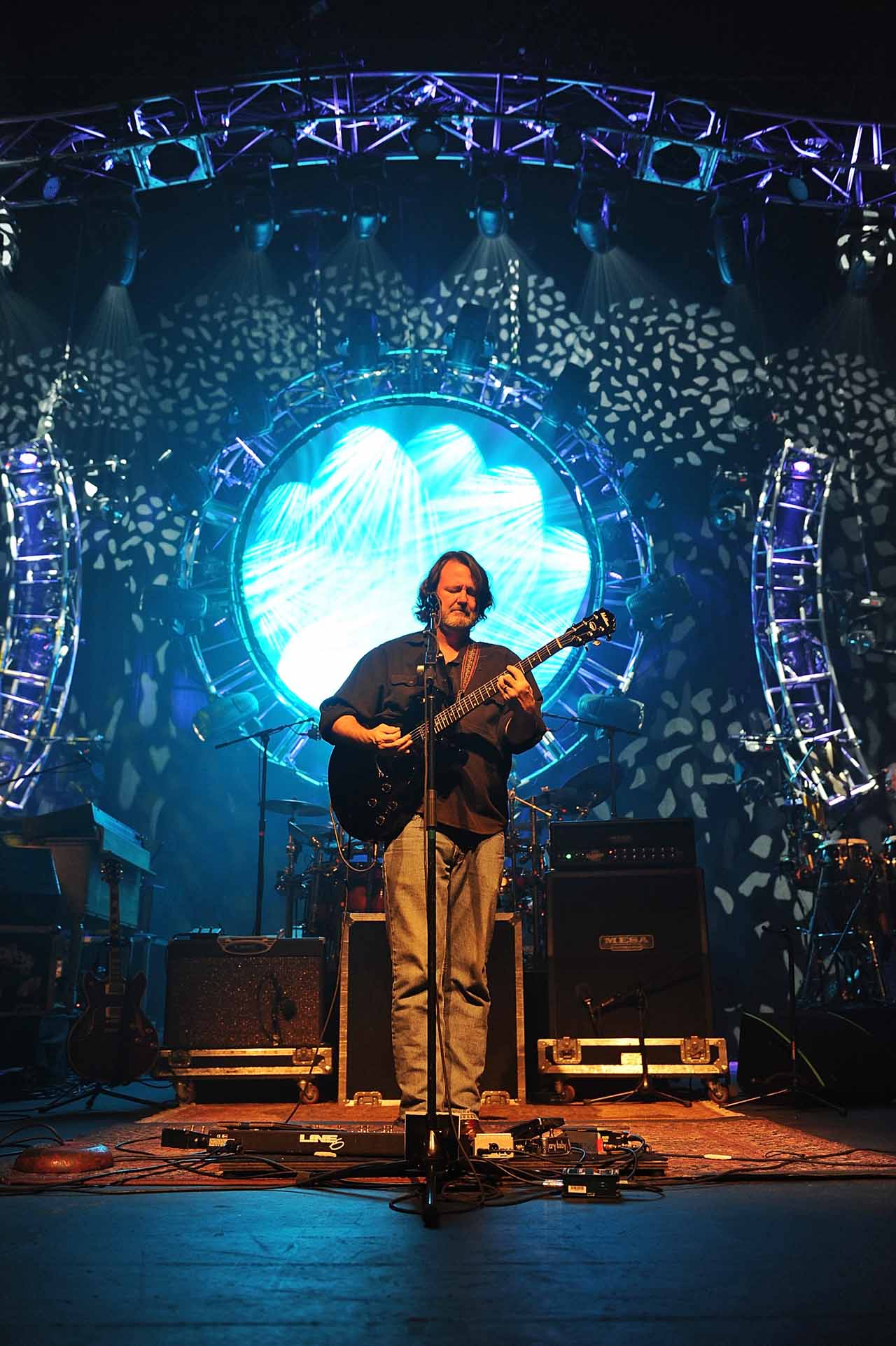
The 90s brought along more bands partial to a jam (Dave Matthews Band, anyone?). But the movement’s popularity was spiked by a travelling festival instigated by John Popper of Blues Traveler. The somewhat clumsily titled Horizons Of Rock Developing East Coast (H.O.R.D.E. for short) took Blues Traveler, Widespread Panic, The Samples, the Spin Doctors, the Aquarium Rescue Unit and Phish on a summer tour of US amphitheatres in 1992.
As the festival scene gathered momentum, there were other key arrivals, none more so than Gov’t Mule. Formed by guitarist Warren Haynes and bass player Allen Woody, both of whom had history with the re-formed Allman Brothers Band, Gov’t Mule took improvised groove-rock to fresh new heights.
Even Garcia’s death, in August 1995, didn’t signal the end of the Grateful Dead. As Phish took on their mantle as America’s premier draw on the jam scene, Garcia’s old bandmates splintered into outfits such as the Other Ones, The Dead, Furthur, Phil Lesh & Friends, RatDog and the Rhythm Devils.
The advent of the Bonnaroo Music Festival in 2002, held on a 700-acre farm in Manchester, Tennessee, put a lasting seal of approval on the jam-band revival. Pulling in close to 100,000 punters, this multi-band showcase began as a conduit for the most prominent groups of the genre – Phish, Widespread Panic, the String Cheese Incident, Gov’t Mule, Umphrey’s McGee, plus the Allman Brothers and The Dead – before becoming a catch-all festival to rival Glastonbury.
As the jam scene continues to thrive, its governing principle is summed up by Trey Anastasio, singer/guitarist with Phish: “We want to have a spontaneous adventure,” he once explained. “You can’t plan an adventure, or it ceases to be one.”
